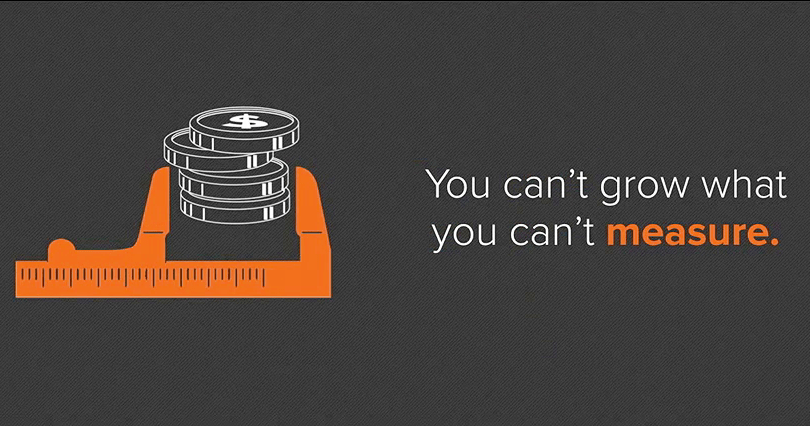As I was heading out to attend HubSpot’s Inbound14 conference, my third in as many years, I wondered, ‘What else could they possibly talk about?’ When you think about inbound or digital marking, it seems kind of like ‘been there, doing that.’ Almost every client I speak with says that they have a staff that is doing their social media and inbound marketing. Well, after the conference I realized how far that is from the truth. 
HubSpot announced the latest version of their platform, which integrates a very cool CRM with all their sales tools. Signals, which they introduced last year, merged into Sidekick, a new advancement in improving and simplifying email correspondence. The automation analytics and measurement tools that they now offer are revolutionary. The speed at which your sales staff can conduct research, communicate, and report opportunities creates an unfair advantage to those without HubSpot. Our COO, Michael Reich, was equally impressed.
At Inbound14 my team gained tremendous knowledge on the latest and greatest of the what, why and how to. They are coming back with their minds full of what others are doing to be successful in this crowded and confusing space called digital marketing. I, on the other hand, came to realize that although companies have to be in the game, few know how to do it, and even fewer are excelling at it.
Numbers don’t lie
My fellow Digital Mastermind colleague Paul Roetzer, CEO of PR20/20, gave two incredible presentations on the state of the industry. According to Paul’s research:
- 90% of media interactions are screen based
- Buyers today are 90% through their journey before they contact a salesperson
- 75% of marketers say lack of digital marketing skills is impacting revenue
- 90% of companies lack digital skills according to Cap Gemini’s study
- Only 9% of CEOs and 6% of CFOs use marketing data to set corporate direction
- Only 9% of markers say ‘I know our digital marketing is working’
- 76% believe measurement is important and 29% believe they are doing it well
These numbers are startling. The ecosystem of digital marketing is so confusing. Simply blogging, Tweeting, and having a presence on LinkedIn aren’t enough. You have to collect data, analyze intelligence, create new actions, and measure the outcome. The only way to do this is with sophisticated marketing technology, which has become the fastest growing sector on the INC 500. According to Scott Brinker there are over 947 marketing technology companies in 6 classes, and 43 categories worth talking about – which is only 20% of the market!
Conclusions

My personal view of all of this is that most companies are going through the motions but not succeeding. Marketing is more than branding and delivering lots of content. The companies that are collecting all of the data and using it to fine tune their approach are the ones who are winning the game. That means if you don’t have a marketing platform like HubSpot, you just can’t compete. But you also need to have someone who understands the complexities of digital marketing to show you how to get the most out of it. You need to know how to read the data you’re receiving, or it’s all just numbers.
Everybody who wants to be successful should be examining all the marketing software available to them, because the rewards for such an investment have been proven. Look at what you’re spending elsewhere, look at how many expenses don’t pay off, and then consider what modernization can do for your marketing strategy. With no end to the demand for these products in sight, and technologies constantly improving, is it any wonder that digital marketing software is the booming industry of the decade?


